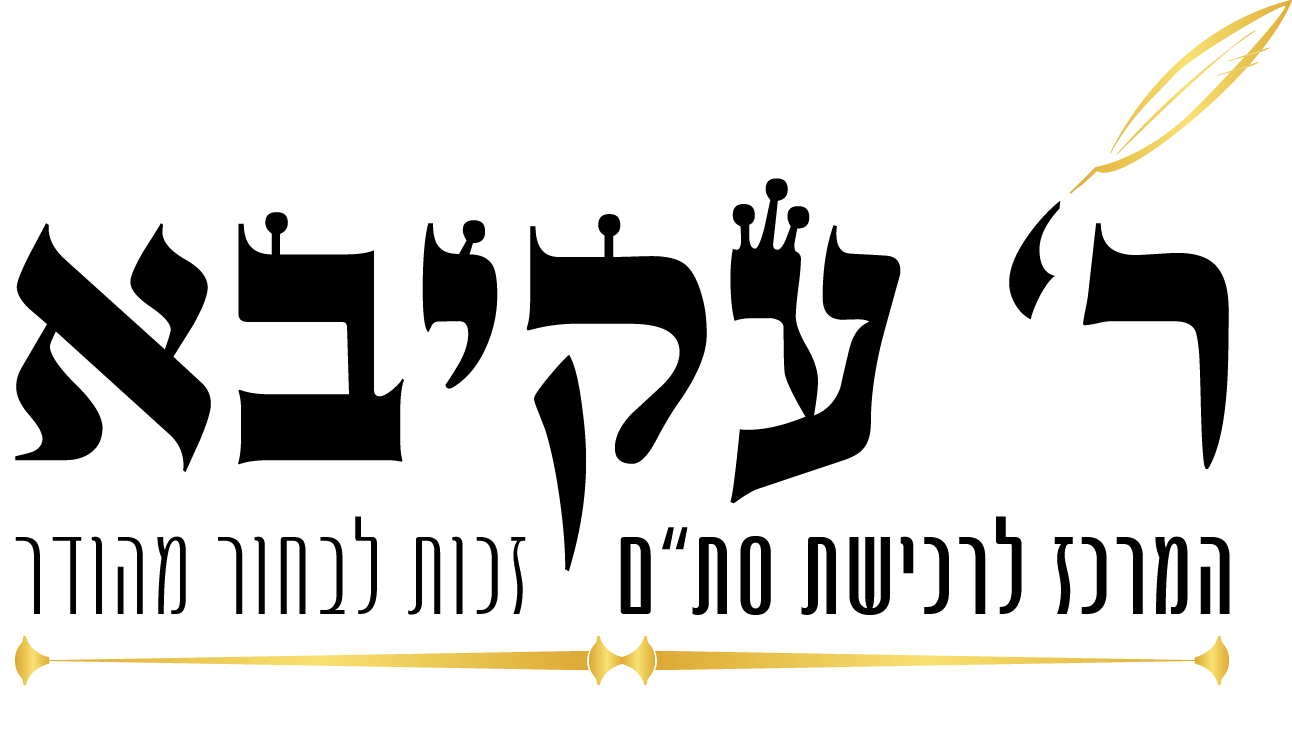Mehudar: There are no halachic doubts about it, and it is kosher according to all opinions. L’chatchilah: Everything is written and done in accordance with the accepted ruling, and there are no questions or doubts of invalidity according to halachah, although the form of each letter is not exactly the same. B’diavad: Means, in Aramaic, that something was already done. The rav takes this into account, even though the way it was performed was different from the way it should have been done l’chatchilah (in the first place). Klaf is made from the skin from a kosher animal (בהמה או חיה) or bird and processed according to the instructions of Chazal (the Sages) and Poskim (arbiters of Jewish Law). There are three common customs for writing the letters: Beit Yosef: Used by Ashkenazim Arizal: Used by Chassidic communities. It is essentially like the Beit Yosef with changes in parts of some of the letters as instructed by the Arizal according to the Kabbalah. Wallish: Used by the Eidot HaMizrach, it differs from the Beit Yosef in the shape of the letters (font). Computer checking is done after the sofer finishes writing. Its main function is to find missing, extra or transposed letters. Since so many mistakes have been found in sifrei Torah, tefillin and mezuzot in recent years, it is highly recommended that every item undergo a computer check. It is important to note that a computer check does not replace checking by a rav meggiah, it is in addition to it. Common standard mezuzah sizes are 6, 10, 12, 15 and 20 cm. You can special order 25 cm mezuzot. Apparently, according to the halachah, there is no difference between them, and one can choose which size he wants. But keep in mind that the majority of mezuzot less than 12 cm are pasul (not kosher). It is strongly recommended to purchase large mezuzot when you have a choice between large and small mezuzot. Obviously, this is not to say that that a small mezuzah can’t be kosher. Our intention is only to point out that small mezuzot are usually far from being kosher l’chatchilah. It is one of the names of HaKadosh Boruchu that when written cannot be erased. The letters are the abbreviation of “שומר דלתות ישראל” – “Guardian of the doors of Israel.” There are those who hold that according to the halachah, a porch must have a mezuzah, and it should be placed to the right of a person going out from the house to the porch. Also, a laundry room and service porch must have a mezuzah. Storeroom: One should affix a mezuzah, but it is not the custom to say a brachah. Office: It is not clear if an office must have a mezuzah. In practice, the business owner should affix a mezuzah without a brachah. If he will sometimes sleep there at night on a bed, he should affix the mezuzah with a brachah. The mezuzah is affixed to the bottom of the upper third of the doorpost, to the right of a person entering the house. Sefardi minhag: Affix so that the mezuzah is standing straight. Ashkenazi minhag: Affix so that the mezuzah is slightly tilted toward the inside of the house. “Baruch attah Hashem… who has sanctified us with His mitzvot and commanded us to affix a mezuzah.” -“ברוך אתה ה’….אשר קידשנו במצוותיו וציוונו לקבוע מזוזה” A mezuzah should be checked twice in seven years for water leaks, heat damage, dampness and general wear and tear.FAQ – Mezuzot
